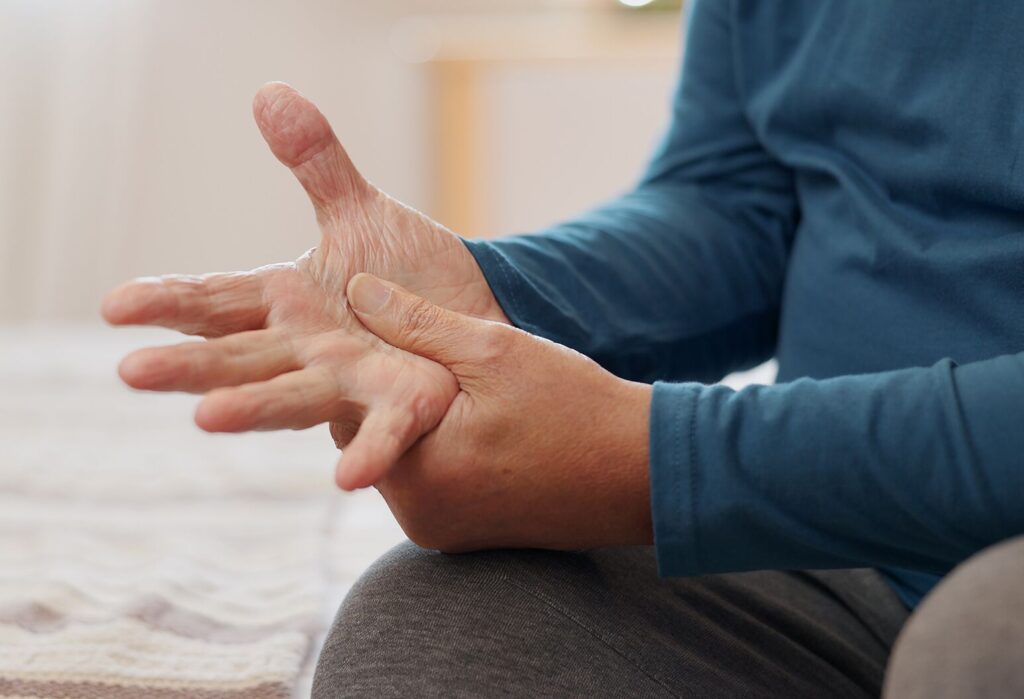
That nagging numbness, tingling, and pain in your thumb and first two fingers isn’t just a minor annoyance—it’s likely Carpal Tunnel Syndrome (CTS). It happens when the crucial median nerve is squeezed as it passes through the narrow passage in your wrist. But here’s the surprising truth: simply focusing on the wrist often fails to provide lasting relief. Why? Because the problem is bigger than just the tunnel.
The Nerve’s Highway: A Journey from the Neck to Your Fingertips
Think of your median nerve as a two-lane highway. It leaves the base of your neck, travels through your shoulder and arm, zips past the elbow, runs along your forearm, and finally passes through the carpal tunnel to reach your hand. This nerve is an essential communication cable: one lane sends commands for movement, and the other relays sensory information back to your brain.
When this vital highway gets jammed in the carpal tunnel, those signals get crossed. Sensory nerves misfire (that’s the tingling!), and motor nerves drag (that’s the weakness!).
The Full-Body Squeeze: Finding the Real Culprit
While the carpal tunnel is the most famous suspect, compression—or a “traffic jam”—can occur anywhere along this nerve’s long path from the neck down. What’s more, it’s common for a nerve to be pinched in multiple spots simultaneously! A problem in the neck or elbow can produce the exact same irritating symptoms you feel in your hand.
This is why chiropractors don’t just stare at the wrist. They act as detectives, meticulously examining the entire route of the median nerve to find all potential points of entrapment. By skillfully applying pressure to common tight spots and noting how quickly your symptoms flare up, they can pinpoint every area that needs attention.
A Comprehensive Approach to Relief
Once the compression sites are identified, chiropractors customize a treatment plan that goes beyond temporary fixes:
- Hands-on Therapy: Using manual and soft tissue techniques to release tension and restore mobility along the nerve’s path.
- Support & Stability: Recommending splinting, often worn at night, to keep the wrist in a neutral, healing position.
- Targeted Exercise: Providing exercise training to strengthen and stabilize the affected areas.
- Lifestyle Review: Discussing your work and hobbies, as highly repetitive motions (especially forceful gripping or pinching) can worsen symptoms and stall recovery.
The Critical Takeaway: Don’t Wait for a Crisis
Perhaps the most important factor in defeating CTS is timing. This condition usually starts as a whisper—subtle, intermittent symptoms caused by repetitive microtrauma. Too many people ignore or self-treat until it severely impacts their work and life.
Here’s the danger: Delaying care can allow permanent nerve damage to occur, making a full recovery much less likely. The key is to seek help as soon as those early tingle or numbness symptoms begin.
Don’t let a subtle annoyance turn into a lifelong issue. The sooner you address the full scope of nerve entrapment with a chiropractor, the better your chances are for lasting relief.
Would you like to explore more about the specific types of manual and soft tissue therapies the Doctors at Corner on Wellness Chiropractic Center are trained in several different techniques chiropractor might use for CTS?
CONTACT
Better health and wellness is just a click or call away
UPCOMING EVENTS
WIN a Laser Treatment for sharing, referring, or giving a Google Review!
October 1 - October 31CLOSED
November 1CLOSED
November 8Happy Veteran’s Day
November 11





